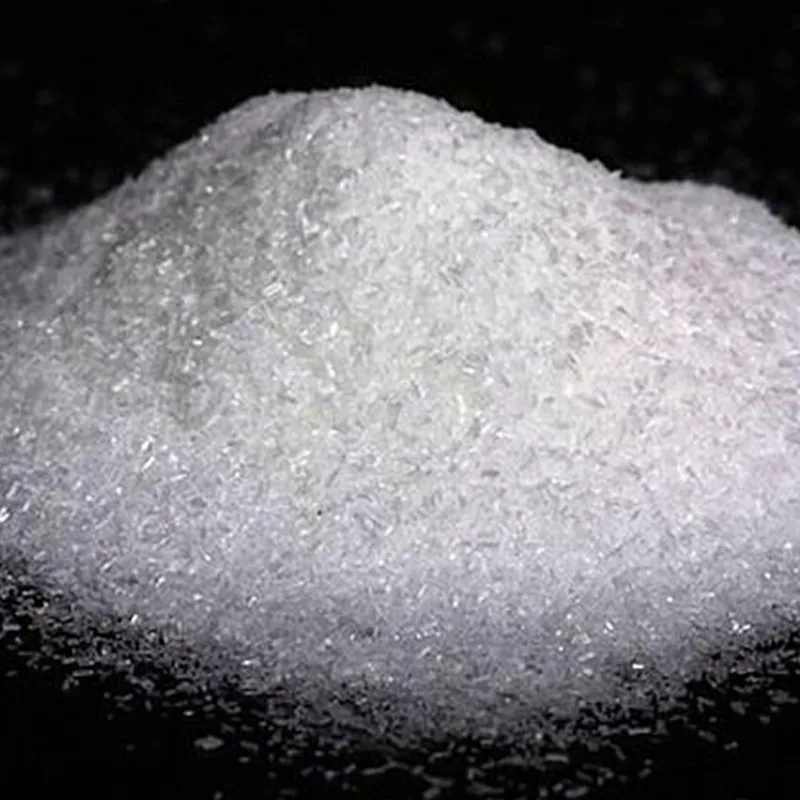
food additive monosodium glutamate
Understanding Monosodium Glutamate The Controversial Food Additive
Monosodium glutamate (MSG) is a food additive that has been both praised and vilified since its introduction in the early 20th century. Originally isolated in 1908 by Japanese chemist Kikunae Ikeda, MSG is the sodium salt of glutamic acid, an amino acid that naturally occurs in various foods, including tomatoes, cheese, and mushrooms. Its primary function is to enhance flavor, particularly in savory dishes, making it a staple in many Asian cuisines and processed foods.
The Science Behind MSG
MSG acts as a flavor enhancer by stimulating the umami taste receptors on the tongue. Umami, often described as a savory flavor, is one of the five basic tastes, alongside sweet, sour, bitter, and salty. The use of MSG can significantly elevate the overall taste experience of a dish by amplifying its natural flavors. This has made MSG a popular ingredient in restaurants, particularly for dishes like soups, sauces, and marinades.
Despite its widespread use, there has been considerable controversy surrounding MSG. In the 1960s, the term Chinese restaurant syndrome entered the public consciousness when some individuals reported adverse reactions after consuming large quantities of MSG-laden Chinese food. Symptoms included headaches, sweating, and a sensation of pressure. Although these reports sparked widespread concern, subsequent research has largely debunked the idea that MSG poses a significant health risk to the general population.
Regulatory Status
Numerous health organizations, including the U.S. Food and Drug Administration (FDA), the World Health Organization (WHO), and the European Food Safety Authority (EFSA), have conducted extensive reviews of the scientific literature on MSG. These organizations have concluded that MSG is generally recognized as safe when consumed in normal dietary amounts. In fact, the FDA classified it as generally recognized as safe (GRAS) in 1959. Despite the lack of substantial evidence linking MSG to serious health issues, many individuals continue to report sensitivities, highlighting the importance of individual responses to food additives.
food additive monosodium glutamate

Cultural Impact and Culinary Applications
Beyond its chemical properties and safety concerns, MSG plays a significant role in culinary traditions around the world. It is commonly used in East Asian cuisines, where it enhances the natural flavors of broths, stir-fries, and marinades. The additive has also found its way into Western cuisine, appearing in products such as snack foods, canned soups, and sauces, where it contributes to the overall taste profile and consumer satisfaction.
Interestingly, the growing awareness of clean eating and natural ingredients has led some consumers to seek out alternatives to MSG. As a result, many manufacturers have started to adopt natural flavor enhancers, such as yeast extract and hydrolyzed vegetable proteins, which can mimic the savory effects of MSG without being classified as a chemical additive.
Conclusion
Monosodium glutamate remains a polarizing ingredient in the world of food. While it is a valuable tool for enhancing flavors and improving culinary experiences, it also exemplifies the complexities surrounding food additives and individual dietary choices. As consumers become more informed and aware of their food sources, the discourse on MSG will likely continue, reflecting broader trends in nutrition, health, and culinary practices.
Ultimately, whether one embraces or shuns MSG, the importance of understanding its role in food and its effects on individual health cannot be overstated. As with many things in life, moderation and personal awareness are critical elements in navigating the modern food landscape. Thus, MSG serves not just as a flavor enhancer but as a catalyst for discussion on dietary preferences, cultural practices, and the evolving perspectives on food safety and health. Whether enjoyed in a savory bowl of ramen or a homemade pasta sauce, the legacy of monosodium glutamate is sure to persist.
-
Comprehensive Guide to Acetic Acid as Preservative: Benefits, Uses & Future TrendsNewsNov.24,2025
-
What Is a Food Additive? Global Insights, Applications & Future TrendsNewsNov.24,2025
-
968 Sweetener: The Modern Solution for Health-Conscious SweeteningNewsNov.23,2025
-
Discover the Benefits and Uses of 965 Sweetener (Erythritol) | Tenger ChemicalNewsNov.23,2025
-
961 Sweetener - A Next-Gen Sugar Alternative for Health and IndustryNewsNov.23,2025
-
Understanding 960 Sweetener: The Modern Sugar Alternative for Health and IndustryNewsNov.22,2025
-
Everything You Need to Know About 955 950 Sweeteners – Benefits, Uses, and TrendsNewsNov.22,2025
Hebei Tenger Chemical Technology Co., Ltd. focuses on the chemical industry and is committed to the export service of chemical raw materials.
-

view more DiethanolisopropanolamineIn the ever-growing field of chemical solutions, diethanolisopropanolamine (DEIPA) stands out as a versatile and important compound. Due to its unique chemical structure and properties, DEIPA is of interest to various industries including construction, personal care, and agriculture. -

view more TriisopropanolamineTriisopropanolamine (TIPA) alkanol amine substance, is a kind of alcohol amine compound with amino and alcohol hydroxyl, and because of its molecules contains both amino and hydroxyl. -

view more Tetramethyl Thiuram DisulfideTetramethyl thiuram disulfide, also known as TMTD, is a white to light-yellow powder with a distinct sulfur-like odor. It is soluble in organic solvents such as benzene, acetone, and ethyl acetate, making it highly versatile for use in different formulations. TMTD is known for its excellent vulcanization acceleration properties, which makes it a key ingredient in the production of rubber products. Additionally, it acts as an effective fungicide and bactericide, making it valuable in agricultural applications. Its high purity and stability ensure consistent performance, making it a preferred choice for manufacturers across various industries.





